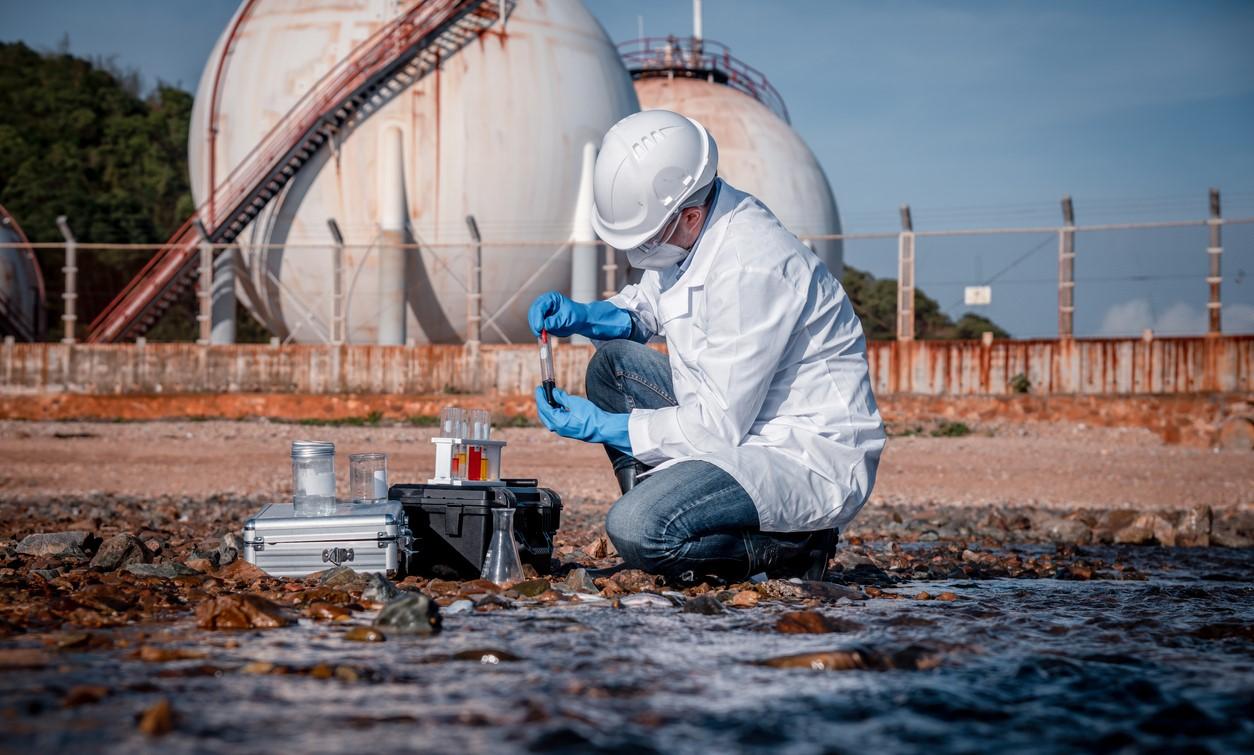
The US Environmental Protection Agency (EPA) yesterday announced $9 million in research grants to measure the environmental and health impact of antimicrobial resistance (AMR) in wastewater.
Oregon State University, the University of Nebraska, the University of Wisconsin-Milwaukee, and the Water Research Foundation in Denver will each receive more than $2 million to study wastewater and sewage sludge treatment systems across the county to better understand how they might aid the evolution and spread of AMR in the environment.
More info needed on AMR in treated wastewater
Wastewater treatment facilities are viewed as a potential focal point for the spread of AMR in the environment because they receive a mixture of antibiotic-resistant bacteria, AMR genes, and antimicrobial drug residues from multiple sources, including farms, households, and hospitals. And while they can reduce the levels of resistant bacteria and AMR genes in the water, they can't eradicate them completely.
Since treated wastewater is discharged into rivers, streams, and other surface waters, that mixture of resistant pathogens and AMR genes may be transmitted to humans and animals. But the extent of transmission, and how it affects humans and animals, is still largely unknown.
"More information is needed to characterize the occurrence and significance of AMR found in treated municipal wastewater effluent and biosolids," the EPA said in a news release. "In addition, new research is needed to provide a better understanding of the impact of AMR on receiving waters and risks related to AMR in treated wastewater discharge, water reuse, and biosolids."
Among the research projects will be efforts to better understand how wastewater treatment processes effect the proliferation and removal of AMR markers, to determine which treatment processes are most effective, and to estimate the human health risks of resistant bacteria and AMR genes in surface waters that receive treated wastewater.
















